Within recent weeks, our phones have been ringing with poultry growers concerned with a much larger presence of Escherichia coli than usual.
What is Escherichia coli infection?

Typically found in the intestinal tract of animals, including chickens, Escherichia coli (E. coli) is a type of bacteria. Avian pathogenic Escherichia coli (APEC) is a pathogenic, or disease-causing, form of E. coli that can cause health problems in chickens, and in severe cases, death.
E. coli in chickens can also be a concern for the health of human beings, as some E. coli strains can be transmitted to humans through contact with contaminated poultry products. This can lead to food poisoning, and some studies show it can lead to urinary tract infection.
To protect the health and livelihood of your poultry farm, it's important to implement strict biosecurity measures.
Causes of E. coli Infections
Possible causes of E. coli infections in chickens include poor environmental conditions, overcrowding, other infections and improper transportation.
Poor Environmental Conditions
When poultry houses aren't properly cleaned and sanitized, it can create the perfect environment for bacteria such as E. coli to thrive.
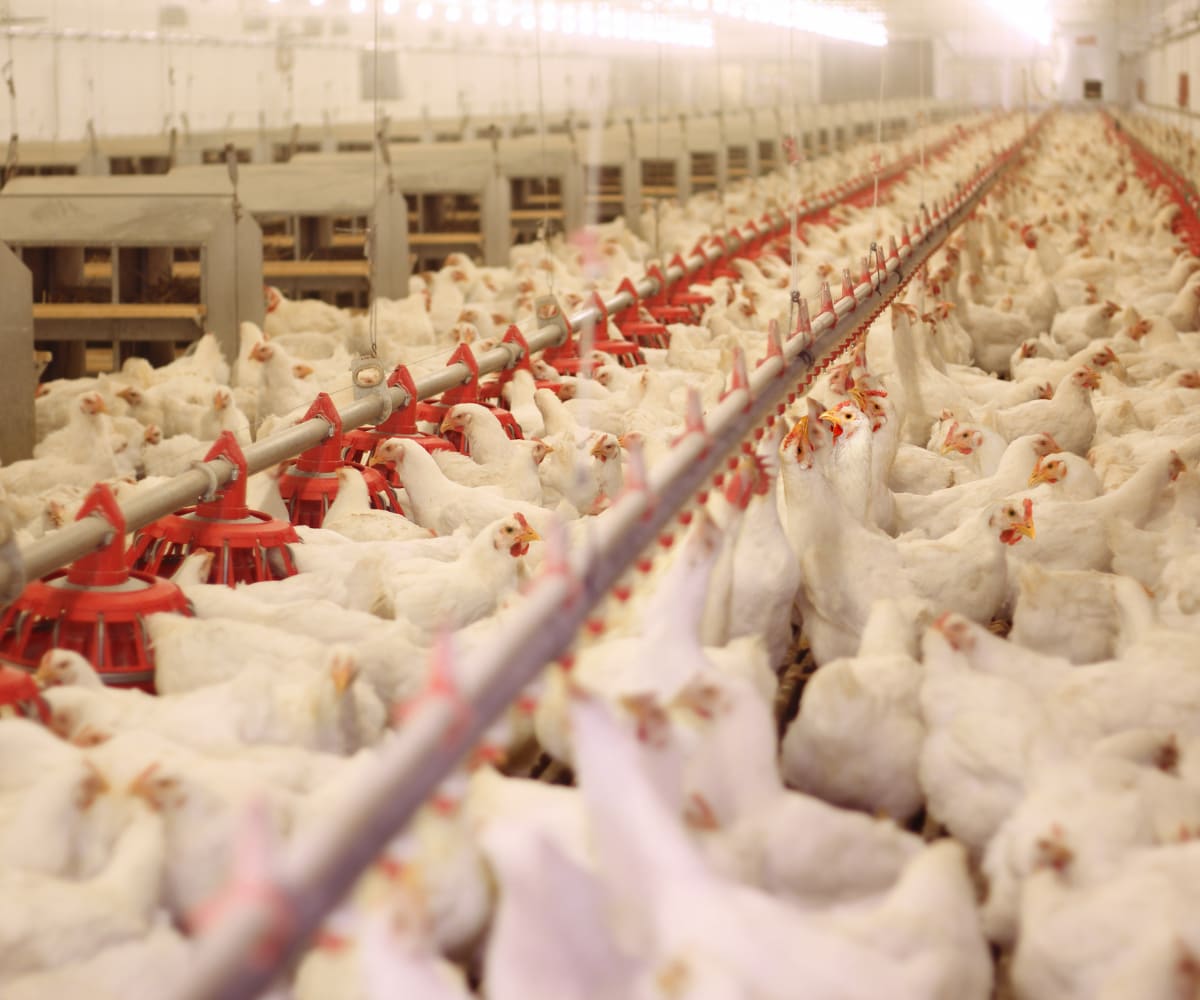
Overcrowding
Overcrowding can cause stress in chickens, which can lead to weakened immune systems and an increased risk of disease transmission. E. coli infections are commonly spread through fecal contamination and infected or contaminated eggs.
Other Infections
If the chickens are already battling another infection, such as infectious bronchitis virus, chickens' immune systems may also be weakened. When this occurs, the chickens are more susceptible to E. coli infection.
Improper Transportation
Improperly transporting poultry can introduce the risk of contamination from other sources, such as wild birds, which increases the risk of infection.
E. coli Symptoms
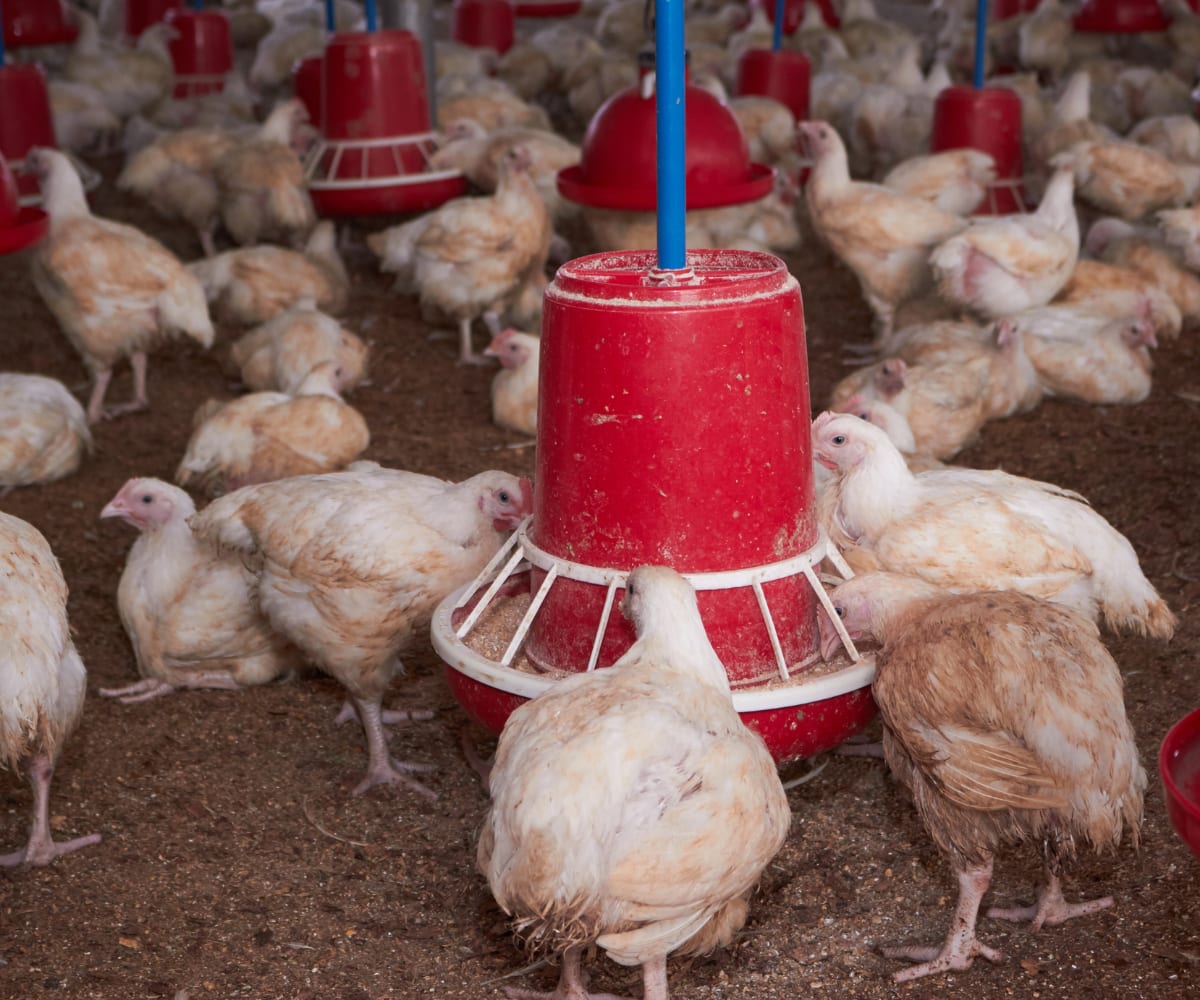
Symptoms and clinical signs of E. coli can vary. Birds with localized infections, or infections only affecting one part of the birds, are "usually under-sized, unthrifty and found along the edges of the house along walls or under feeders and waterers," according to Jackie Linden on the The Poultry Site.
With more severe systemic infections, or infections in the bloodstream, birds are "often dull, lethargic and unresponsive when approached. Faecal material is often green with containing white-yellow urates due to anorexia and dehydration."
Monitoring birds for unusual behavior and symptoms can be vital to catching E. coli infection before it spreads throughout the entire house.
APEC and Colibacillosis
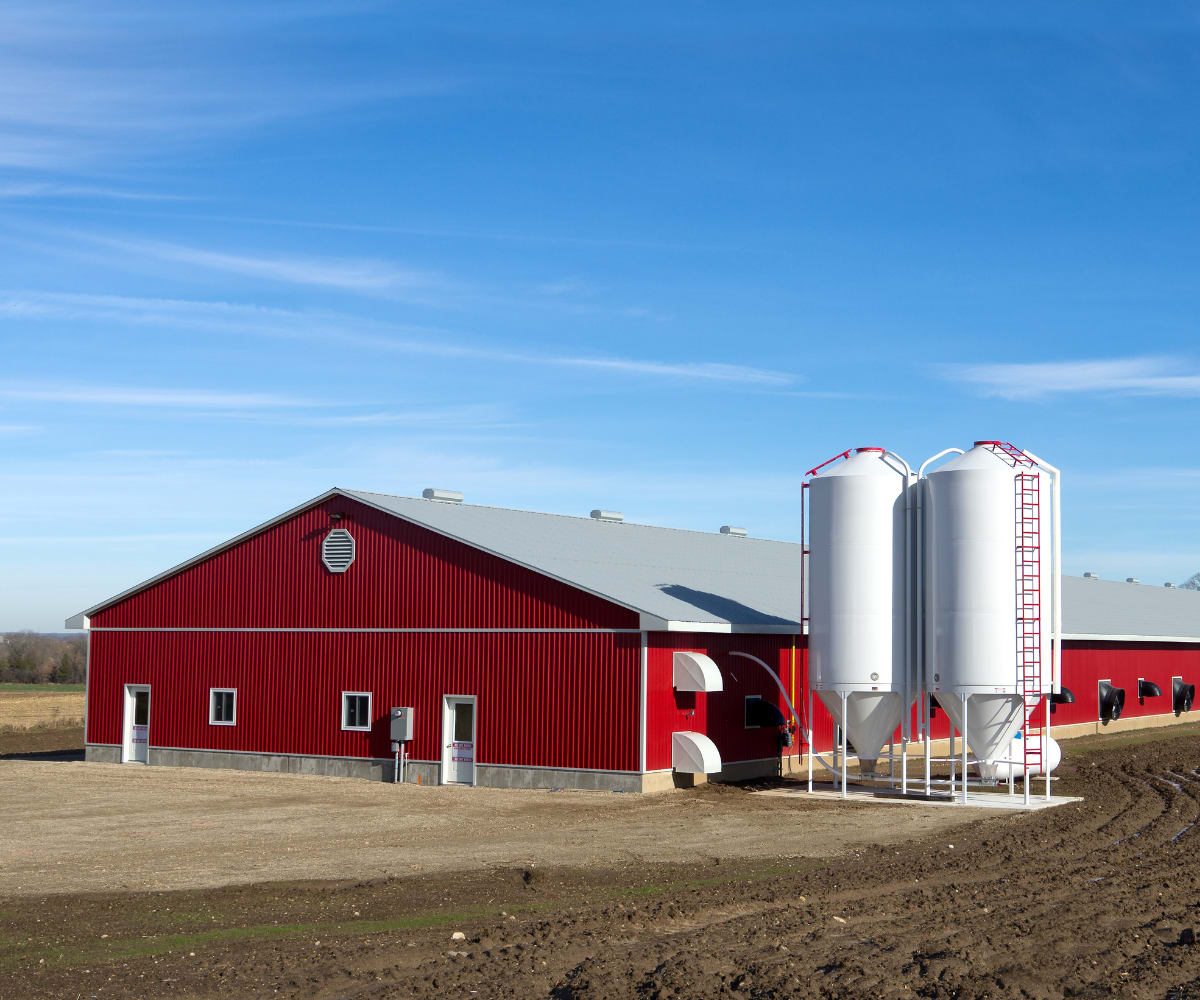
According to Kathayat, Lokesh, Ranjit and Rajashekara's article in Pathogens accessed through the National Library of Medicine, "The most common infections caused by APEC in chickens are perihepatitis, airsacculitis, pericarditis, egg peritonitis, salphingitis, coligranuloma, omphalitis, cellulitis and osteomyelitis/arthritis; these are commonly referred as avian colibacillosis."
APEC can infect poultry through a variety of entry points, including the respiratory tract, skin trauma, cloaca, damaged intestinal mucosa and navel, according to Dr. Lisa K. Nolan's article in the Merck Veterinary Manual.
The bottom line: APEC causes colibacillosis, which is one of the most common poultry diseases across the world. While colibacillosis may be common, that doesn't mean it has to be common on your poultry farm.
What can you do to prevent APEC, and in turn, prevent colibacillosis, making sure it doesn't affect your bottom line?
The Natural Solution
We have frequent conversations with growers who are experiencing high mortality rates flock after flock. The common thought among these farmers is “I don’t know what else to do.” While there are many strategies for the treatment and prevention of E. coli, the vast majority entail some form of chemical application.
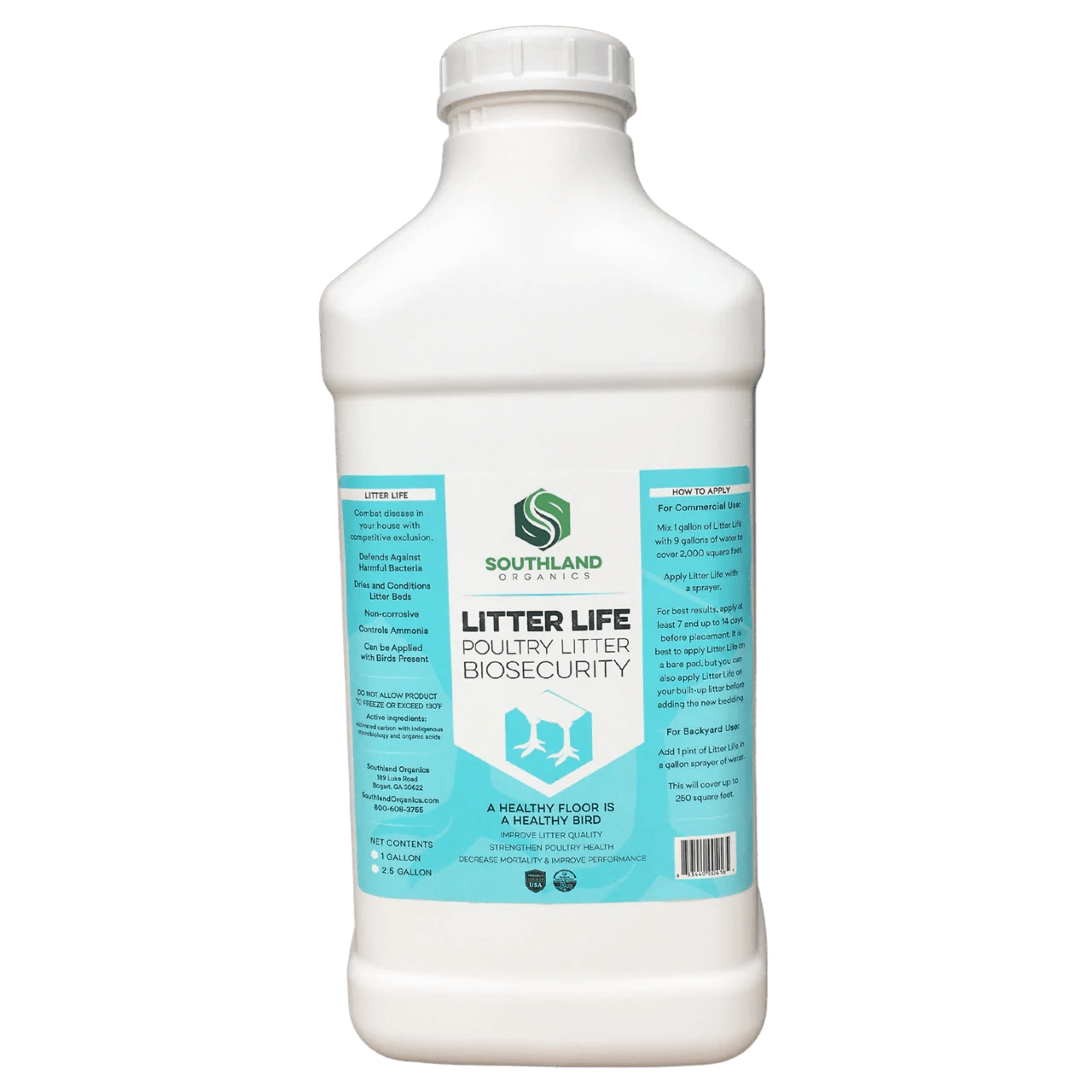
At Southland Organics, we believe in natural solutions to natural problems. For E. coli infections, our natural solution is Litter Life. Completely safe to apply with birds present, this litter treatment contains indigenous bacteria and selectively adaptive microbiology, which have been proven effective in preventing E. coli and other poultry diseases. Simply spraying the house floor is all it takes for nature to get to work. With Litter Life, you will achieve a drier floor, reduced ammonia and better overall litter quality, which are all preventive measures against E. coli infections.
How It Works
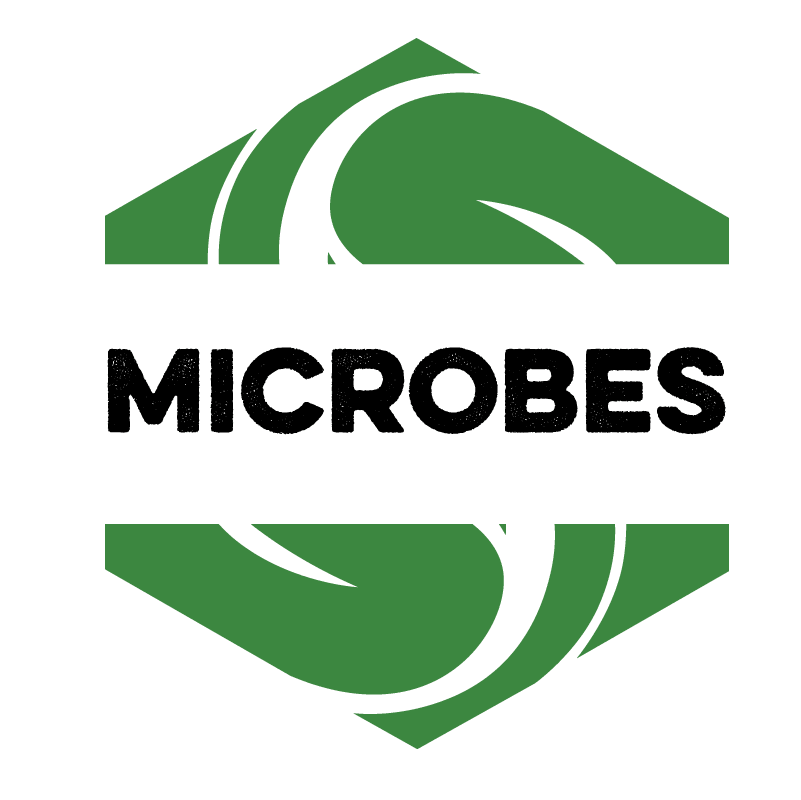
Controlling harmful pathogens in a nutrient-rich environment like poultry litter requires a powerful solution that can truly dominate the biology present in the litter. Litter Life contains a consortium of bacteria that has been proven to effectively dominate harmful bacteria such as E. coli, Campylobacter and many others. With Litter Life, the good bacteria pushes out the harmful bacteria, completely replacing them with beneficial strains.
The biology in Litter Life consists of a base made from an ancient cypress lignin deposit, which is high in natural carbon and humic and fulvic acids. Lignin has been shown to inhibit the growth of E. coli, Salmonella and Clostridium in several scientific studies. It inhibits the growth of bad bacteria without inhibiting the good bacteria present in Litter Life, such as Bacillus subtilis. Litter Life keeps working flock after flock, protecting your birds from harmful infectious diseases.
Learn more about Litter Life here.
Annihilate and Repopulate
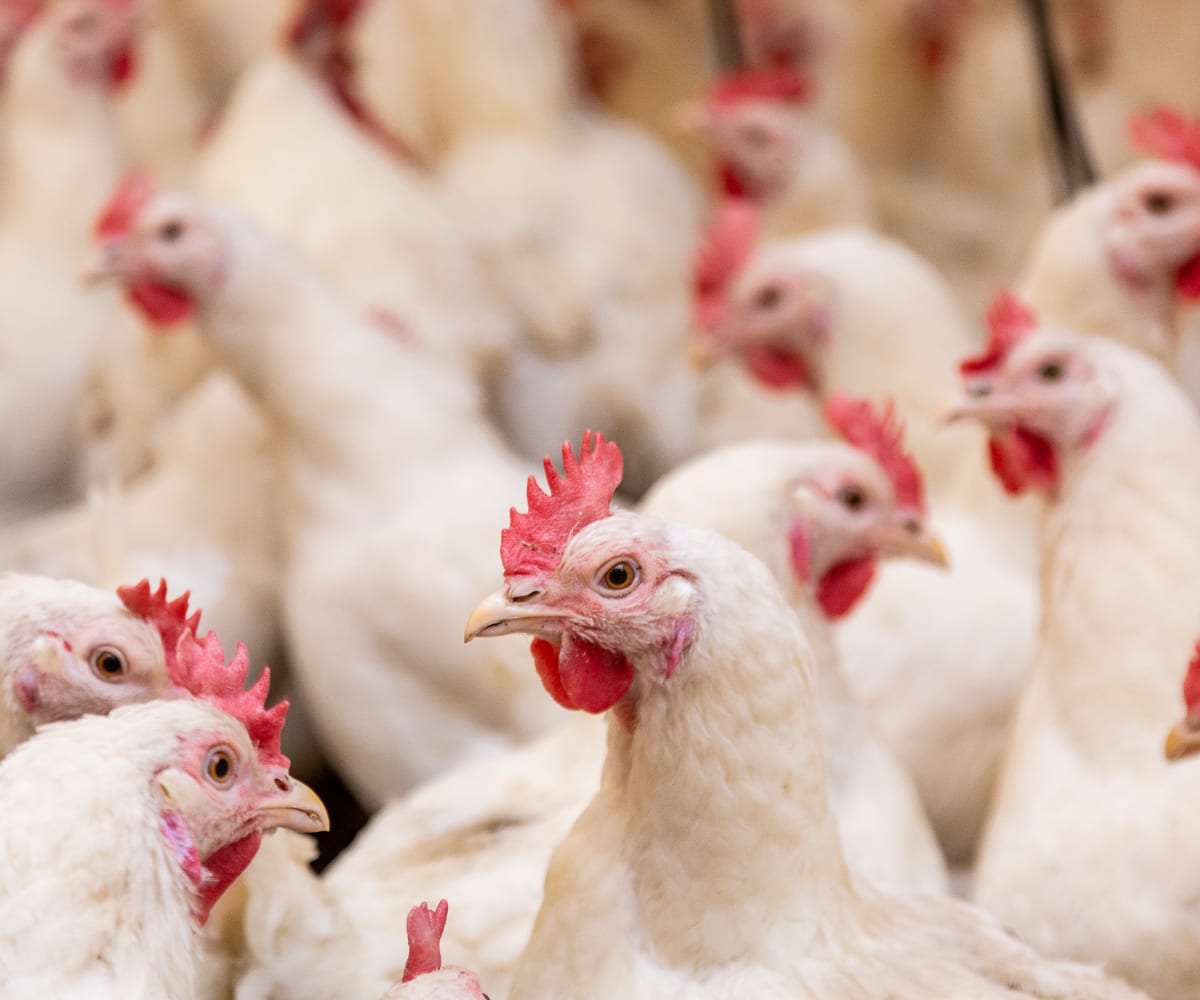
In severe cases of E. coli infection, we recommend the "annihilate and repopulate" strategy. This strategy is a combination of disinfecting and populating with beneficial biology for competitive exclusion. Disinfecting is a very temporary solution and often causes a much worse situation. When a poultry house is disinfected, it creates a biological vacuum that will soon be filled, most often, with the very same or worse bacteria. More often than not, the bad guys are the first ones back on the scene.
What can you do to make sure the bad bacteria don't take over again? After disinfecting, or annihilating, there's an important step: repopulation. Following disinfection, introduce the good bacteria by applying Litter Life. This strategy of applying Litter Life three to five days after disinfecting has shown great results in houses deemed to have severe Escherichia coli infections.
An ounce of prevention is worth more than a pound of cure. It's also less expensive! Low mortality and healthy poultry flocks mean one thing: higher profits.
Contact Us
If you have any questions about preventing E. coli with Litter Life, feel free to contact me at allen@southlandorganics.com or give us a call at 800-608-3755.






